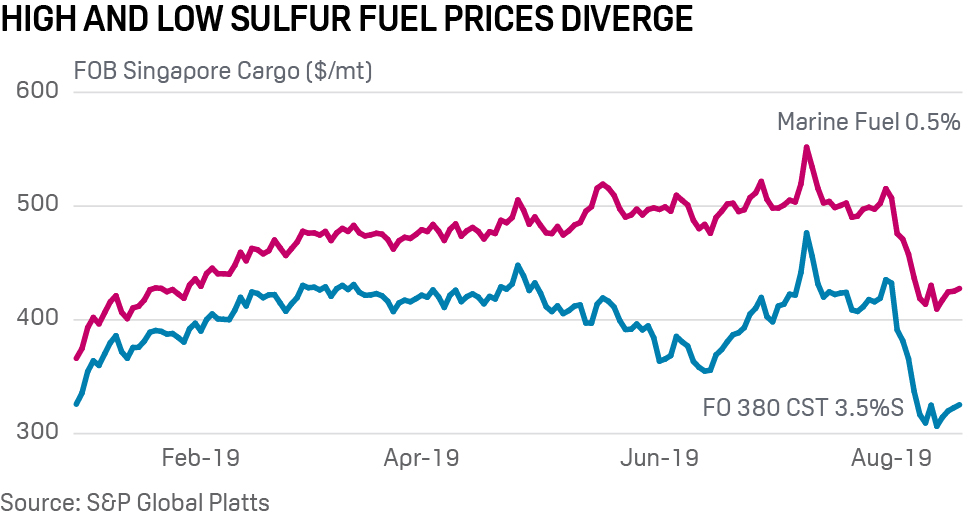Quantifying Climate Risk: An S&P Global Perspective
terça-feira, outubro 01, 2019

Representatives of S&P Global, large institutional investors and corporate ESG experts gathered together in New York City this week to consider the challenge of quantifying climate risk for corporations. Beyond a shared concern over the issue of climate risk, there was a diversity of opinions over the best way to quantify climate risk and the best way for investors to act on their environmental concerns.
The session began with remarks from Trucost CEO Richard Mattison who shared a historical perspective on S&P Global’s investment in climate issues, highlighting the 20th anniversary of Dow Jones Sustainability Indices celebrated earlier in the week. According to Mattison, today S&P Global is focused on further integrating ESG factors into all of its products and services. In his words: “ESG is what we stand for, what we do, and where we build new commercial opportunities.” Mattison also announced the launch of a new Trucost dataset on physical risks covering 15,000 companies and over 500,000 assets. The analysis combines asset-level information and future climate change scenarios to help companies and investors understand their exposure to different types of physical risk such as heatwaves, cold waves, wildfires, hurricanes, floods and droughts.
Todd Bridges of State Street Global Advisors began his remarks by quoting Governor of the Bank of England Mark Carney on “avoiding the tragedy of the horizon” – the type of short term thinking that ignores the implications of climate change. Bridges pointed out that wealth managers who frequently manage multi-generational horizons for their clients are well-placed to consider the financial implications of climate risk. “Climate risk exists,” according to Bridges, “because of externalities. It is entirely the result of not pricing carbon into the production function.” Markets, according to Bridges, are not efficient. They require some sort of government intervention in order to price in these externalities.
Bridges emphasized that divestment is one of the worst ways to account for climate risk since it tends to increase broader portfolio risk. Still he encouraged investors to account for climate risk in their investment decisions. State Street has backtested numerous approaches to integrating climate risk into passive portfolios and many of these approaches deliver significant returns for less than 20bps of risk.
To read the full article, click here.
Page: S&P Global


















0 comentários
Agradecemos seu comentário! Volte sempre :)